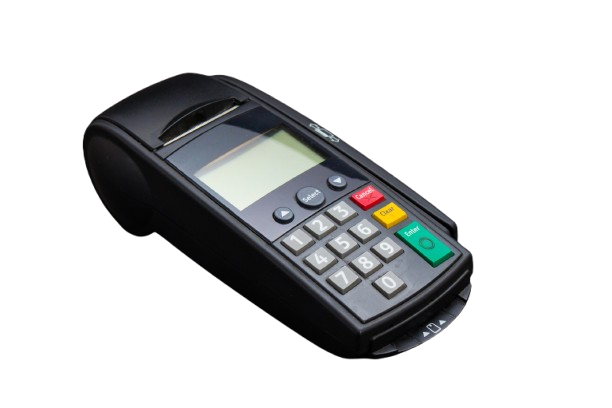Understanding Card Machine Functions in Shops
In today’s retail environment, card machines have become essential for businesses looking to provide fast and secure payment options to customers. A card machine, also known as a payment terminal or PDQ machine, allows shops to accept debit and credit card payments, including contactless transactions and mobile payments. Understanding how these machines work and their key functions can help businesses choose the right solution for seamless transactions.
1. Accepting Different Payment Methods
Card machines support multiple payment methods to enhance customer convenience and ensure smooth transactions. These methods include:
- Contactless Payments – Customers can tap their card, smartphone, or smartwatch on the machine’s reader for quick payments. This is especially useful for small transactions and reduces checkout time.
- Chip & PIN Transactions – The customer inserts their card into the machine and enters their PIN for verification. This is one of the most secure payment methods.
- Magnetic Stripe Transactions – Although less common in the UK due to security concerns, some machines still support swiping a card’s magnetic strip for payments.
- Mobile Payments – Card machines can accept Apple Pay, Google Pay, and Samsung Pay, making transactions even more convenient for customers who prefer using their smartphones or smartwatches.
2. Processing Transactions Securely
Once a card is tapped, inserted, or swiped, the machine follows a structured process to complete the transaction securely:
- Card Data Capture – The machine reads the card information and encrypts it to ensure security.
- Authorization Request – The payment details are sent to the customer’s bank or payment provider for verification.
- Approval or Decline – The bank checks if the customer has sufficient funds or credit and approves or declines the transaction.
- Transaction Completion – If approved, the amount is deducted, and the merchant receives confirmation.
3. Connectivity and Integration
Card machines rely on different connectivity options to process transactions efficiently:
- WiFi Connectivity – Ideal for businesses with strong internet connections, allowing smooth transaction processing.
- Mobile Network (3G/4G/5G) – Used by portable card machines, making them suitable for businesses that require flexibility, such as food trucks and market stalls.
- Ethernet Connection – Wired terminals provide a stable connection, commonly used at fixed checkout points in retail stores.
- Bluetooth Pairing – Some mobile card readers connect to a smartphone or tablet via Bluetooth and process transactions through an app.
Many modern card machines integrate with Point-of-Sale (POS) systems, enabling automatic data entry, inventory tracking, and sales reporting.
4. Printing or Sending Receipts
After a successful transaction, card machines offer options for receipts:
- Printed Receipts – Traditional machines have built-in printers that generate paper receipts for customers and businesses.
- Digital Receipts – Some machines send receipts via email or SMS, reducing paper waste and providing convenience to customers.
5. Handling Refunds and Voids
Card machines allow businesses to process refunds when necessary. The merchant can enter the original transaction details, ensuring that the amount is credited back to the customer’s account. Some machines also have a void transaction function to cancel a payment before it is fully processed.
6. End-of-Day Reconciliation and Reporting
At the end of each business day, merchants use the card machine’s reporting functions to reconcile transactions. These functions include:
- Batch Reports – Summarizing all transactions processed during the day.
- Settlement Processing – Ensuring funds from card payments are transferred to the merchant’s bank account.
- Error and Fraud Detection – Identifying any discrepancies or suspicious transactions for security purposes.
7. Security Features
Card machines are designed with advanced security measures to protect both customers and businesses. These include:
- Encryption & Tokenization – Securely transmitting payment data to prevent fraud.
- PCI Compliance – Ensuring that the machine meets global security standards.
- Fraud Prevention Alerts – Some machines have built-in fraud detection systems to block suspicious transactions.
8. Choosing the Right Card Machine
Businesses must consider various factors when selecting a card machine, including:
- Type of Business – Retail stores may require countertop terminals, while mobile vendors benefit from portable card readers.
- Transaction Volume – High-volume businesses need robust machines with fast processing speeds.
- Connectivity Needs – Shops with poor WiFi should opt for mobile or Ethernet-connected devices.
- Integration with POS – Ensuring the card machine works seamlessly with existing sales and inventory systems.
Conclusion
Card machines have revolutionized how shops process payments, offering convenience, speed, and security. With multiple payment options, seamless transaction processing, and advanced security features, they enhance customer experience and streamline business operations. Whether a small retail shop or a large business, choosing the right card machine can significantly impact sales and efficiency.





